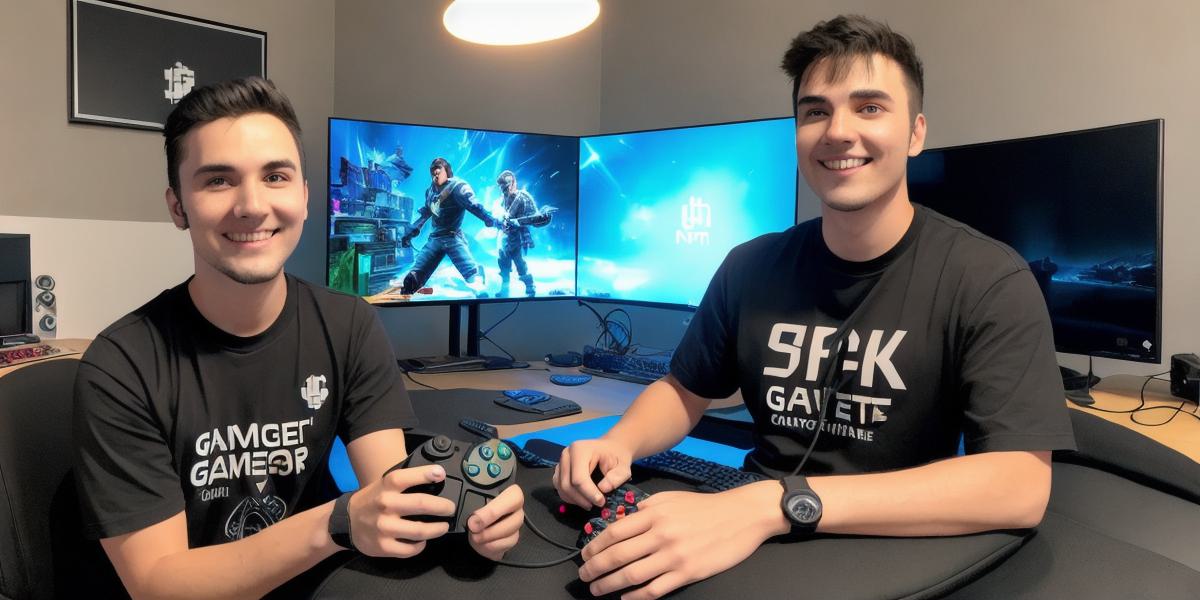As blockchain technology continues to evolve, it’s no surprise that gaming is one of the industries that have started incorporating this technology. By utilizing blockchain, gaming developers can create more secure and transparent gaming experiences for their players. In this article, we will explore how using blockchain in gaming can revolutionize your gaming experience.
Blockchain Technology in Gaming: The Basics
Before we dive into the benefits of using blockchain technology in gaming, it’s important to understand what blockchain is and how it works. Blockchain is a decentralized database that stores information across a network of computers. It allows for secure and transparent transactions without the need for intermediaries. In the context of gaming, blockchain can be used to store game assets, track in-game purchases, and verify player achievements.
Benefits of Using Blockchain in Gaming
Security
One of the main benefits of using blockchain in gaming is security. Because blockchain is decentralized, it’s much harder for hackers to compromise the system. This means that game assets and player information are much more secure when stored on a blockchain. Additionally, because all transactions on a blockchain are recorded on a public ledger, it’s much easier to track and verify any fraudulent activity.
Transparency
Another benefit of using blockchain in gaming is transparency. Because all transactions on a blockchain are publicly recorded, players can see exactly how their in-game purchases were used. This can help build trust between players and game developers, as players know that their purchases are being used fairly. Additionally, because blockchain can be used to verify player achievements, players can be confident that they are earning legitimate rewards for their hard work.
Interoperability
Using blockchain in gaming can also improve interoperability between different games and platforms. Because blockchain allows for secure and transparent transactions, it’s much easier for game developers to share assets and achievements between different games. This can help create a more cohesive and connected gaming community.

Case Study: CryptoKitties
One of the most well-known examples of blockchain being used in gaming is CryptoKitties. CryptoKitties is a decentralized game that allows players to collect, breed, and sell unique digital cats using blockchain technology. Because all transactions on the CryptoKitties platform are recorded on a public ledger, players can see exactly how their cats were bred and what they’re worth. Additionally, because CryptoKitties uses smart contracts, players can be confident that their purchases are being used fairly.
Real-Life Examples of Blockchain in Gaming
There are many other examples of blockchain being used in gaming. For instance, Decentraland is a virtual reality game built on the Ethereum blockchain, allowing players to own and trade virtual real estate. Another example is Dfinity, which uses blockchain technology to create a decentralized gaming platform that allows for peer-to-peer transactions without the need for intermediaries.
FAQs
- What is blockchain technology?
- Blockchain technology is a decentralized database that stores information across a network of computers. It allows for secure and transparent transactions without the need for intermediaries.
- How can blockchain be used in gaming?
- Blockchain can be used to store game assets, track in-game purchases, and verify player achievements. It can also improve security, transparency, and interoperability between games and platforms.
- What are some examples of blockchain being used in gaming?
- CryptoKitties is a well-known example of blockchain being used in gaming. Other examples include Decentraland, Dfinity, and more.
- How can I get started with using blockchain in my gaming projects?
- There are many resources available online for getting started with blockchain technology, including tutorials, guides, and
